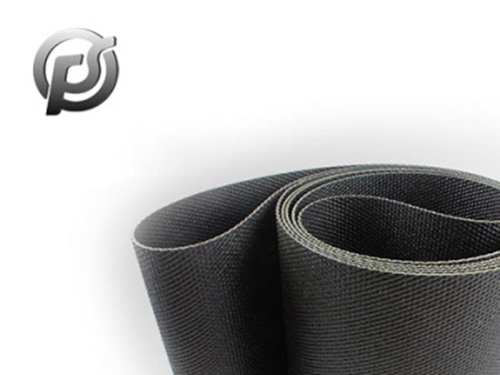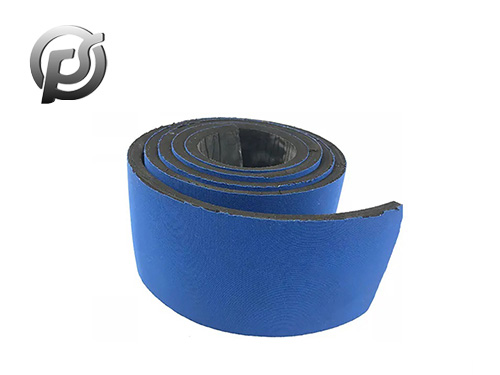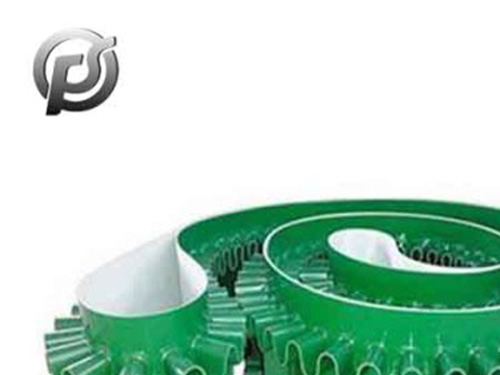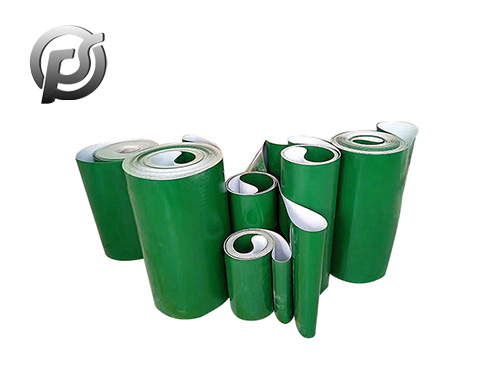When you come to explore the purchase of
wear-resistant conveyor belts, I'm pleased to introduce this product to you and provide some insights into its usage considerations. Wear-resistant conveyor belts are a critical industrial equipment used to transport materials from one point to another, enduring repetitive wear and the stresses of material transportation. Here's some fundamental information about wear-resistant conveyor belts and usage considerations:
Material Selection: Wear-resistant conveyor belts are typically made from materials such as rubber, polyvinyl chloride (PVC), polyurethane, and others. The choice of material depends on the application, working environment, and material characteristics.
Structure and Layers:
Wear-resistant conveyor belts typically consist of multiple layers, including a top cover, reinforcement layers, and a bottom cover. Different applications require different structures to ensure the belt's strength and wear resistance.
Application Industries: Wear-resistant conveyor belts are widely used in industries such as mining, construction, metallurgy, chemical, logistics, and more. Different types of conveyor belts can be customized to meet specific industry needs.
Usage Considerations:
Material Selection: When choosing a conveyor belt, it's crucial to consider the nature of the materials being transported, including size, shape, weight, and temperature. Different materials may require different types of conveyor belts.
Maintenance and Inspection: Regularly inspect the condition of the conveyor belt, including surface wear, connection points, and tensioning devices. Timely maintenance and replacements extend the conveyor belt's lifespan.
Even Loading: Ensure that materials are evenly distributed across the belt to reduce wear and prevent deviation from the centerline.
Tension Adjustment: Maintain the appropriate tension; overly tight or loose belts can impact the belt's longevity and performance.
Avoid Overloading: Do not overload the conveyor belt with materials exceeding its capacity, which can lead to breakage or premature wear.
Operating Temperature: Ensure that the conveyor belt's temperature range matches the temperature of the materials being transported. Extreme temperatures can damage the belt material.
Cleaning and Maintenance: Regularly clean the surface of the conveyor belt to prevent the buildup of adhesive materials, especially when transporting food or chemicals.
Operator Training: Ensure that operators receive proper training to understand correct usage and maintenance procedures, ensuring safe and efficient operation.
Our company is eager to work with you, providing high-quality wear-resistant conveyor belts tailored to your specific requirements. If you have any further questions or need more detailed information, please don't hesitate to ask. We look forward to establishing a successful business partnership with you.


 PE Conveyor Belts: Characteristics, Applications, and Advantages
PE Conveyor Belts: Characteristics, Applications, and Advantages
 Stone Conveyor Belt: Enhancing Efficiency and Productivity in Material Handling
Stone Conveyor Belt: Enhancing Efficiency and Productivity in Material Handling
 Optimizing Operations with PE Conveyor Belts: Durability, Efficiency, and Versatility
Optimizing Operations with PE Conveyor Belts: Durability, Efficiency, and Versatility